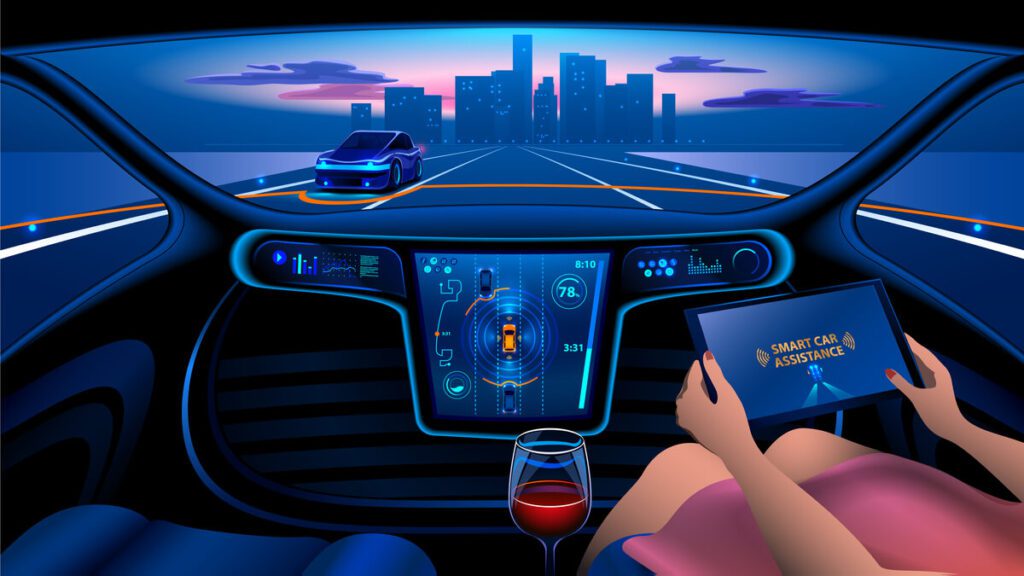
Global transportation in general was one the main victims of the pandemic that has literally crippled this sector.
Authorities in most countries have either shut down borders, or applied stringent conditions to limit private cars and public transport movement to contain the spread of the coronavirus.
Faced with this dilemma, tech companies went back to their drawing boards to find a solution for this crucial issue.
One of the solutions that are now surfacing was development of autonomous vehicles, or as known on the streets as the self-driving car.
This technology is hugely adopted by Waymo, a subsidiary of Alphabet Inc, parent company of Google that offer a fully autonomous and commercial self-driving taxi service operating solely in Arizona, U.S.
In an interview with Financial Times, John Krafcik, Waymo CEO warns about some of the biggest challenges of the industry, mainly being the recurrent need for continuous safety standards.
But with zero or minimal traffic right now due to the pandemic, we examine some factors that will surely revitalize autonomous vehicles adoption across several industries.
New boom in eCommerce will spike demand for autonomous vehicles for delivery and logistics
As more people are cooped up inside their homes, we find ourselves resorting to online methods to satisfy our shopping needs.
Be it the ease of use, practicality, or privacy that eCommerce has to offer – it is certainly a growing industry, and one that witnessed a major boom during the pandemic.
As this industry grows, it will have new business needs being created and old ones that need to be reevaluated. A major issue in the online industry is transportation and logistics, and as the world heads down a smarter path, key industry players are eyeing autonomous vehicles.
The tech comes in as an attractive option as it can increase the capacity of delivery networks, reduce costs greatly, increase safety, offer real-time digital insights and with a pandemic on the loose it even complies with social distancing measures.
Courier giant DHL attested to the perks that can be brought forward with self-driving technology as they believe that time savings thanks to autonomous technologies will reduce transportation costs per km by 40 percent.
Self-driving cars can also help erode the problem of aging truck drivers in developed countries around the world.
As the current number stands to be 50 years on average for truck drivers, several logistics companies are having recruitment problems trying to retain or hire new truck drivers.
Self-Driving Cars and Health Industry
Earlier this year, self-driving cars made the news when they proved their worth as a safe alternative in the healthcare industry.
At a much-needed time where our front-line health workers are being stretched thin and resources are barely being able to be allocated, and for the first time in U.S history autonomous vehicles are being used to transport medical supplies and COVID-19 results at the Mayo Clinic in Florida, U.S.
The system works by having four completely autonomous shuttles. operating along an initial route, without anyone on board and they transport COVID-19 test samples that are placed in secure containers prior the shuttles arrival.
If you are having trouble imaging in it, check out this video that demonstrates the no human shuttle below.
This use sheds light on the actual benefits that self-driving cars can have, on the healthcare industry, but what if we step it up a bit?
Imagine smart cities, the next level of technology and development – a city where everything is connected, everything can be monitored, and of course everything works like the click on a clock.
In these smart cities, autonomous transportation will be pushed to a new level.
A while back, automotive giant Audi have partnered with German Karslruher Institute for Technology on a research project dubbed “25th Hour – Flow” and simulated what will happen when automated driving becomes more widespread.
The results are stunning to say the least. Just judge for yourself.